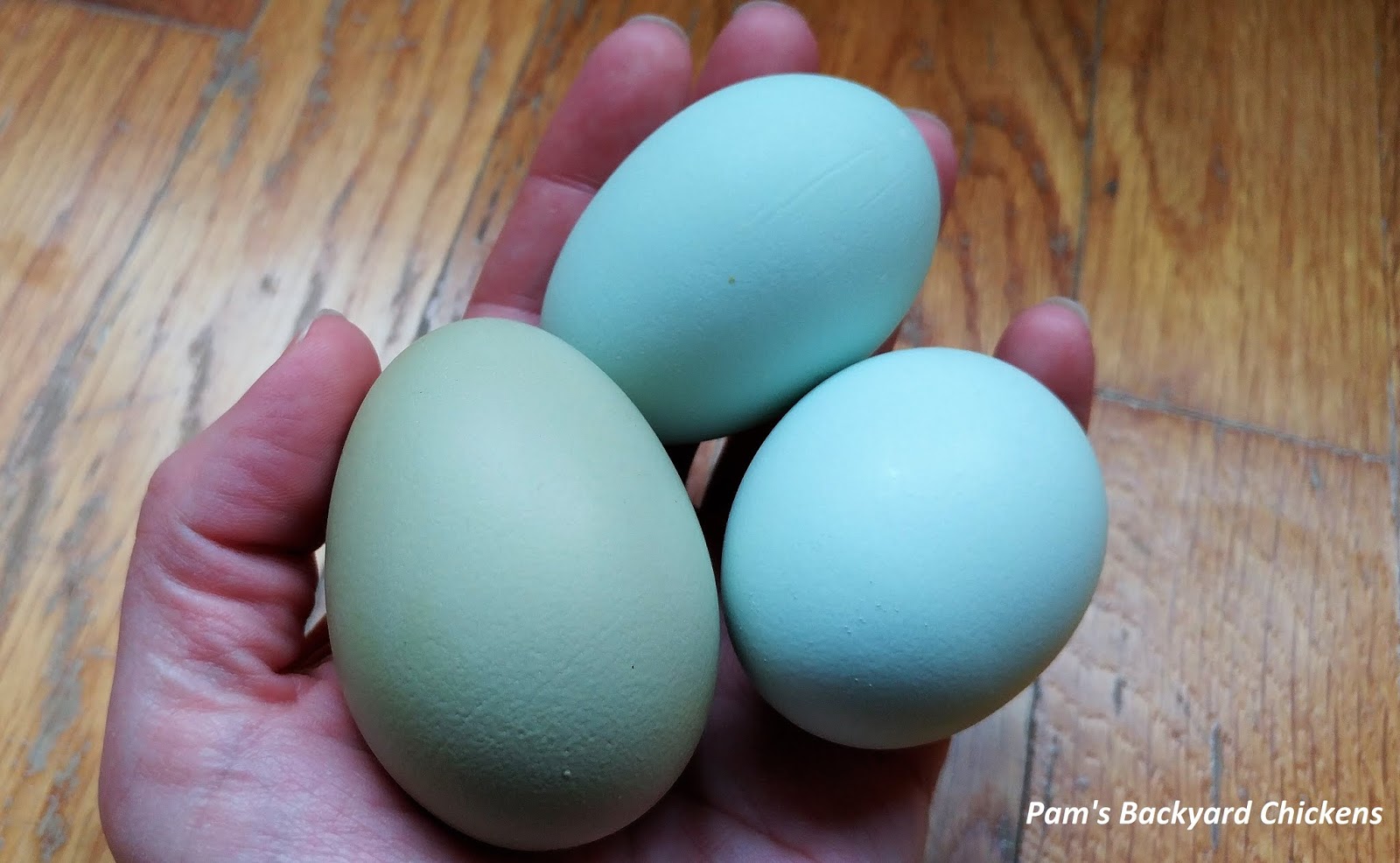The mystery of blue colored eggs has intrigued chicken farmers for centuries. From exotic breeds of chickens to traditional breeds, the phenomenon of laying blue colored eggs has long been a source of fascination for chicken keepers. But what is the secret behind these vibrant blue eggs? Read on to discover the truth behind blue colored eggs in chicken husbandry.
Biology of Chicken Egg-Laying
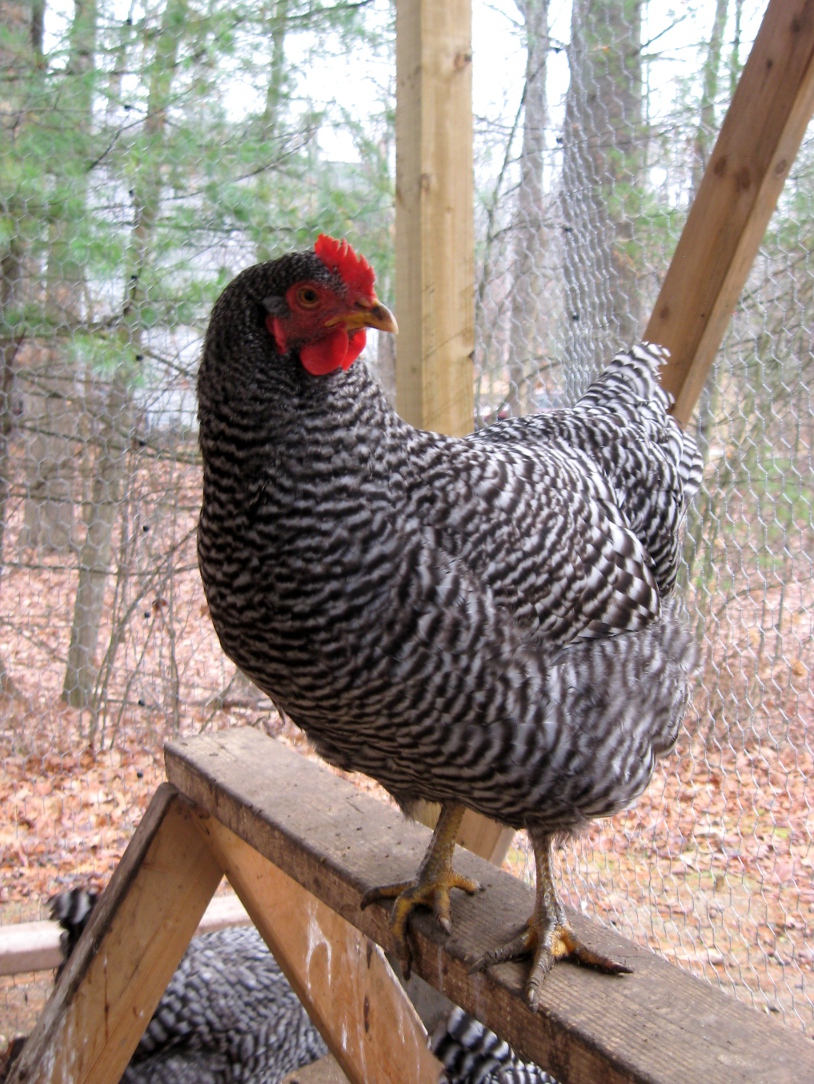
The egg-laying process in chickens is a complex but highly organized biological event. It starts with the release of a mature egg from the ovary. The egg moves through the oviduct and accumulates layers of albumen, membranes, and the shell. The egg is then laid and the process begins anew.
The color of a chicken egg is determined by the breed of chicken, and blue eggs are a result of a genetic mutation of the breed. These blue-egg-laying chickens, or Araucana, have a particular gene that causes the eggshell to be colored in blue, green, or even pink.
| Stage | Description |
|---|---|
| Follicle Growth | A follicle starts to develop in the ovary and continues to grow. |
| Ovulation | The follicle ruptures and the mature egg is released from the ovary. |
| Transit | The egg travels down the oviduct and accumulates albumen, membranes, and the shell. |
| Laying | The egg is laid and the process begins anew. |
To produce a blue colored egg, the Araucana breed of chicken must have the gene for blue eggshell coloration. This gene allows for the production of the blue pigment, which is present on the surface of the eggshell. The pigment is also responsible for the blue-green or pink-green color of the egg.
Evolution of Chicken Breeds
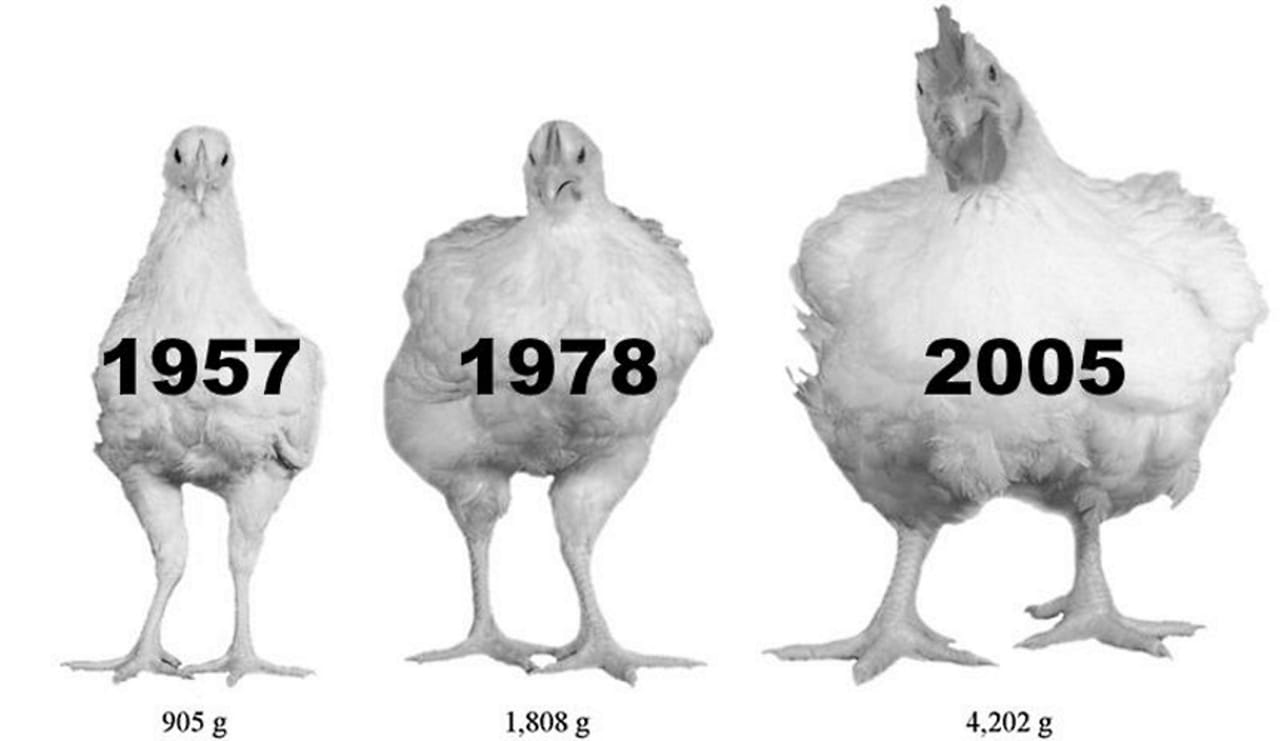
Chickens have been around since the dawn of civilization and their domestication is thought to have begun around 8,000 years ago in the Middle East. Since then, they have been bred for food, egg production, and entertainment. The chickens we see today are the result of centuries of selective breeding, resulting in a vast array of breeds. Here is a look at some of the most recognizable chickens and their histories:
- Leghorn: Originating in Tuscany, Italy, the Leghorn is a popular breed of chicken that is known for its prolific egg-laying abilities. It is a hardy bird that can thrive in a variety of climates.
- Orpington: Developed in the late 19th century in the small town of Orpington, England, the Orpington is a dual-purpose breed that is popular for both its egg-laying abilities and its meat production. It is a docile bird that is friendly and easy to handle.
- Plymouth Rock: Developed in the mid-19th century in the United States, the Plymouth Rock is one of the most popular dual-purpose chickens in the world. It is an excellent egg layer, and its meat is known for being of high quality.
- Rhode Island Red: Developed in the late 19th century in the United States, the Rhode Island Red is one of the most popular dual-purpose chickens in the world. It is an excellent egg layer, and its meat is known for being of high quality.
- Australorp: Developed in the early 20th century in Australia, the Australorp is a dual-purpose breed that is known for its egg-laying abilities. It is a calm and docile bird that is easy to handle.
These are just some of the many chicken breeds that have been developed over the years. As you can see, selective breeding has enabled us to create chickens that are well-suited to a variety of needs. With the right care and attention, these chickens can be a great asset to any homestead.
Different Breeds That Lay Blue Eggs
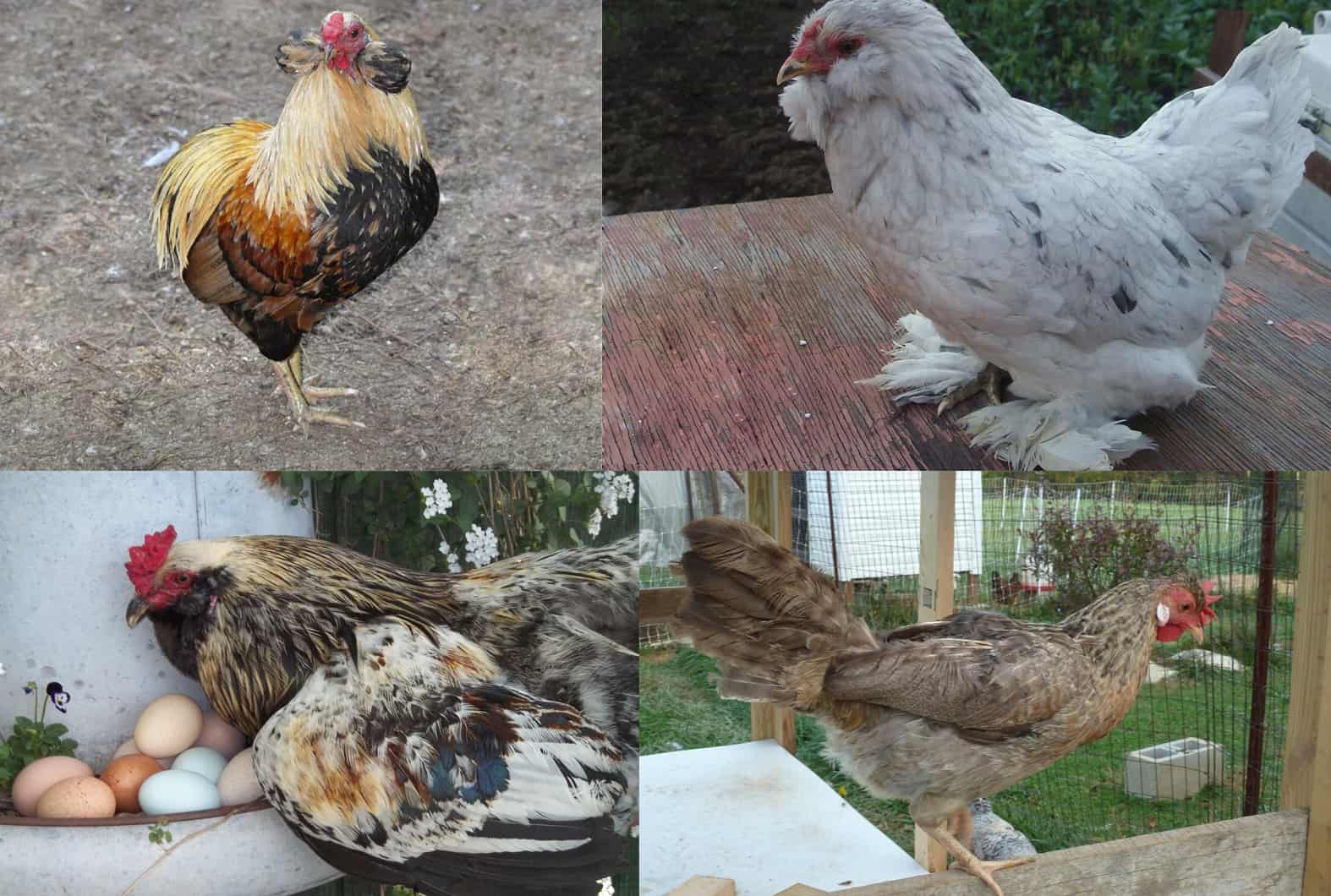
Hens of several different breeds can lay blue eggs. The best-known are the Ameraucana, Araucana, and Cream Legbar breeds. All of these breeds were developed from the Araucana chicken, which is native to Chile. The Ameraucana and Araucana are both recognized by the American Poultry Association, while the Cream Legbar is not.
The Ameraucana is a medium-sized, dual-purpose breed that is known for its friendly personality and its ability to lay blue eggs. This breed has a variety of colors and patterns, including black, blue, buff, silver, and white.
The Araucana is a smaller, dual-purpose breed that is known for its active and energetic nature. This breed has a variety of colors and patterns, including black, blue, cuckoo, lavender, and white.
The Cream Legbar is a rare and unique breed that is known for its ability to lay blue eggs. This breed has a variety of colors and patterns, including black, blue, buff, and white.
These breeds are all unique and have distinct personalities and egg-laying capabilities. All three breeds are excellent choices for those looking to add blue eggs to their coop.
Genetic Variations and Color Pigmentation

Blue Eggs
- The blue eggshell color is caused by a dominant gene.
- The gene responsible for the blue eggshell color is known as ottilucin.
- Hens that lay blue eggs are found in the Araucana and Ameraucana breeds.
- The blue eggshells are the result of a genetic mutation that occurred in South America.
- The gene responsible for the blue eggshell color is not found in other breeds.
Other Colors
- Eggshells can also be white, cream, brown, and even green.
- The color of the eggshell is determined by the breed of chicken and the genetic variation of the individual chicken.
- Brown eggs are the most common color and are laid by hens of the Rhode Island Red, Orpington and Barred Rock breeds.
- White eggs are laid by hens of the Leghorn, Minorca, and Ancona breeds.
- Green eggs are laid by hens of the Easter Egger breed.
Pigmentation
- The pigmentation of the eggshell is determined by the breed and the individual chicken.
- The pigment is deposited in the eggshell as the egg passes through the oviduct of the hen.
- The amount of pigment that is deposited onto the eggshell is determined by the breed and the individual chicken’s genetic variation.
- The pigment is made up of calcium carbonate, which is a chemical compound that is naturally found in the body.
- The pigmentation of the eggshell can range from light to dark depending on the breed and the individual chicken.
Commercial Production of Blue Eggs
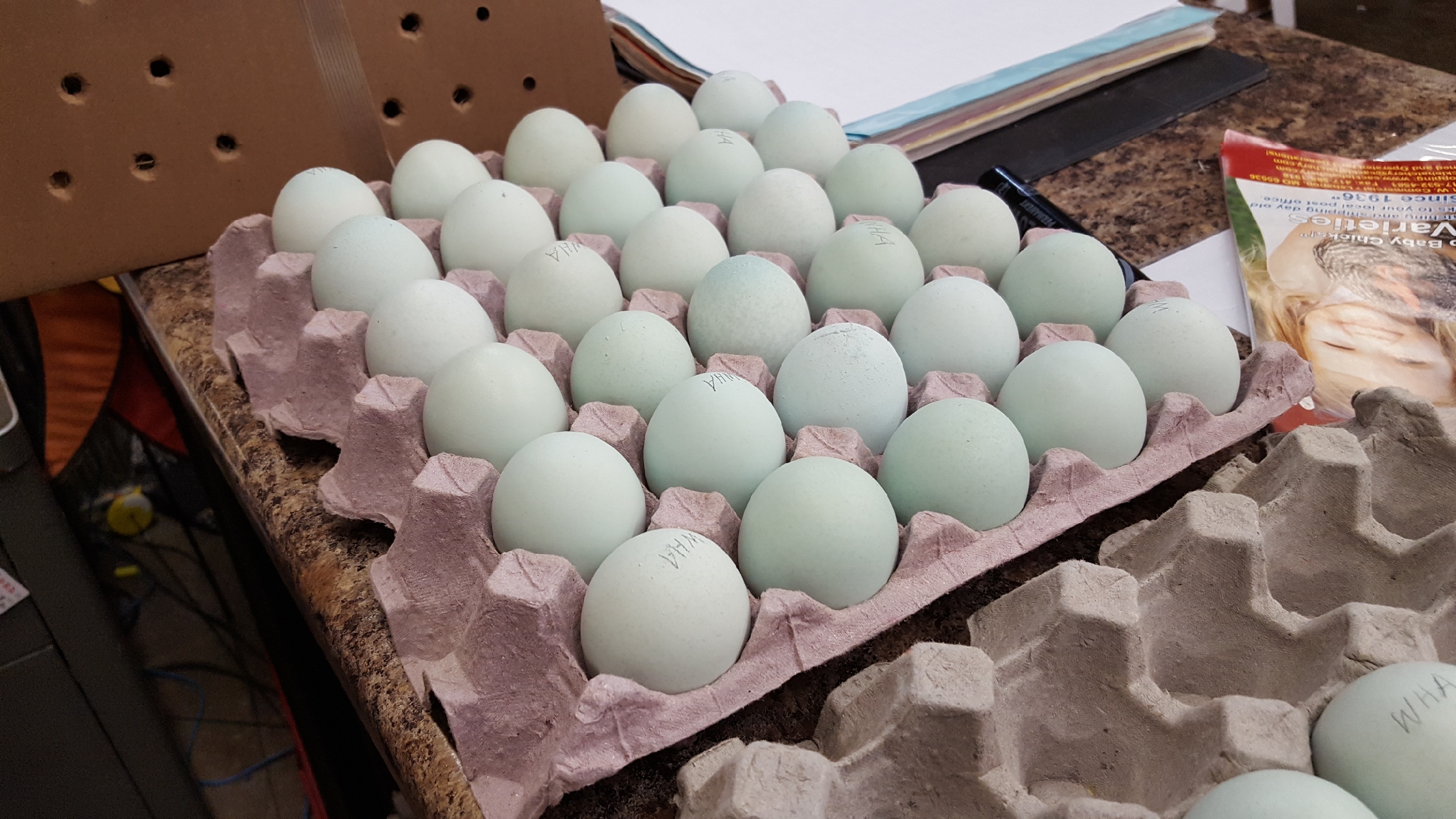
- Hatching: Commercial egg production begins with obtaining hatching eggs from a reliable source. To ensure the quality of the eggs, the hatchery should adhere to strict biosecurity standards.
- Incubation: The eggs are then incubated under controlled conditions to ensure a consistent temperature and humidity level.
- Hatching: After a predetermined period of time, the eggs will hatch and the chicks will be ready for placement into new homes.
- Feeding: The chicks will need to be fed a balanced diet that contains the right amount of protein, carbohydrates, fats and vitamins.
- Lighting: In order to induce the blue egg production, the chicks need to be exposed to enough light to stimulate the production of the blue pigment.
- Nutrition: The chicks will also need to be fed a diet that is high in the essential fatty acids, such as linoleic acid, which are necessary for the production of the blue pigment in the eggs.
- Harvesting: After the chicks have been properly fed, lit and nourished, the eggs can then be harvested and sold for commercial production.
Care and Feeding of Chickens That Lay Blue Eggs

- Nutrition: Chickens that lay blue eggs need a balanced diet with a high-quality layer feed as their main meal, supplemented with a variety of proteins, greens, and fruits.
- Light Exposure: Chickens that lay blue eggs need 12-14 hours of light per day during the laying season to ensure adequate egg production.
- Enclosure: Chickens that lay blue eggs need a secure, spacious enclosure with plenty of space for roaming and foraging.
- Hygiene: The enclosure should be kept clean and dry to reduce the risk of disease and parasites.
- Health Care: Regular visits to the veterinarian are recommended to ensure proper health care and nutrition. Vaccinations should be administered as recommended by the vet.
- Molting: Chickens that lay blue eggs may go through a molting stage every year. During this time, their egg production will slow down and they will need extra nutrition and care to help them through the process.
Pros and Cons of Blue Eggs
- Pros:
- Blue eggs can be used to create a unique and visually appealing product.
- Blue egg production is a relatively new and interesting way to diversify a farm business.
- Blue eggs can be used to create an innovative niche market for farmers.
- Cons:
- Blue eggs have a lower hatch rate than conventional eggs.
- Blue egg production requires additional infrastructure and resources.
- Blue eggs are more expensive to produce than other egg varieties.
Frequently Asked Questions
What is the scientific explanation behind blue colored eggs in chickens?
The blue eggs are produced by a breed of chickens called the Araucana. This breed is believed to originate from South America and is known for its tufts of feathers around its face. The blue eggshell is actually a result of a breed-specific genetic mutation causing the development of a blue-gray pigmentation in the eggshell. This coloration is distinct from other breeds of chickens and is caused by the presence of a gene called protoporphyrin IX, which is responsible for producing a pigment called biliverdin that gives the eggshell its unique blue-gray color.
Are Blue Eggs More Nutritious than White Eggs?
Blue eggs, though a rarity in the egg market, are gaining in popularity due to their purported health benefits. While there is no scientific evidence to suggest that blue eggs are more nutritious than white eggs, they are higher in certain minerals such as iron and zinc. Additionally, blue eggs contain more Omega-3 fatty acids, making them a better source of essential fatty acids. However, the differences between blue eggs and white eggs are minor, and the overall nutritional value of eggs remains the same.
How do blue eggs end up in the same chicken coop as white eggs?
Gene Manipulation: Eggs are usually white or brown, but gene manipulation can cause chickens to lay eggs with a blue hue. This is often done to create a more aesthetically pleasing egg, as well as to increase the egg’s marketability.
Different Breeds: Some chicken breeds, such as the Ameraucana, are naturally predisposed to laying blue eggs. The blue hue is a trait that is passed down from generation to generation, so blue eggs can be produced in the same chicken coop as white eggs.
Feeding Habits: Another possible reason for blue eggs in the same chicken coop as white eggs is a difference in the chickens’ diets. Certain foods, such as blueberries or beetroot, can cause the eggshell to take on a blue hue.
Interbreeding: Interbreeding of different chicken breeds can also produce blue eggs. The offspring of two different breeds may inherit the genes for blue eggshells and thus produce eggs with a blue hue.
Environmental Factors: Finally, environmental factors can also cause blue eggs to be laid. If the chicken coop is exposed to certain chemicals or pollutants, these substances may be absorbed by the chickens and result in blue-tinted eggs.
What type of chicken breeds typically lay blue eggs?
- Ameraucana: This breed of chickens is known to lay blue eggs. They are a medium-sized bird, with a single comb, with tufts of feathers around its ears. The Ameraucana is a very docile breed of chicken.
- Easter Eggers: The Easter Egger is a type of chicken that was developed by crossing breeds that lay blue eggs. They can come in a variety of colors, including green, blue, olive, and even pink. They are a calm and friendly breed of chicken.
- Cream Legbar: The Cream Legbar is a relatively new breed of chicken that lays blue eggs. They are a large bird, with a single comb and a unique crest of feathers around their head. They are known for being friendly and active.
- Olive Egger: The Olive Egger is a hybrid breed of chicken that lays blue eggs. The Olive Egger is a cross between a Cream Legbar and a Marans or Ameraucana. They are a medium-sized bird, with a single comb, and tend to be friendly and active.
- Blue Andalusian: The Blue Andalusian is a heritage chicken breed that is known to lay blue eggs. They are a large bird, with a single comb, and have a unique pattern of feathers on their head. They are a docile breed of chicken.
- Cream Crested Legbar: The Cream Crested Legbar is a hybrid breed of chicken that is known to lay blue eggs. They are a medium-sized bird, with a single comb, and have a unique crest of feathers around their head. They are known for being friendly and active.
How can I tell the difference between blue and white eggs in my own chicken coop?
Color
- The most visible way to tell the difference between blue and white eggs is by their color.
- Blue eggs have a distinct blue-green hue, while white eggs have a more uniform white color.
Size
- White eggs tend to be larger than blue eggs.
- White eggs have a larger circumference and shell thickness compared to blue eggs.
Shell
- Blue eggs usually have a more textured and rougher shell surface than white eggs.
- Blue eggs can also be more brittle and tend to be more prone to cracking or breaking than white eggs.
Weight
- White eggs are usually heavier than blue eggs due to their larger size.
- A scale can be used to measure the difference in weight between the two egg varieties.
Conclusion
The blue-colored eggs of chickens are an interesting phenomenon that can be found in some breeds of chickens. It is caused by the presence of a protein in the chicken’s ovaries that produces a blue pigment. Although the color of the egg itself does not affect the taste or nutritional value, it can be a fun addition to any chicken coop. Whether you are looking to add some variety to your flock or just have a fun conversation starter, blue-colored eggs are definitely worth exploring.
